How well do you understand and manage break laws in your state? At a time when recruiting and retaining hourly employees is harder than ever, these laws are crucial! One error in your management of employee breaks could cost you a hard-working, long-serving employee. Compliance not only ensures a healthy and productive workforce but also protects companies from potential legal liabilities.
As providers of workforce management software, we help companies manage breaks with ease every single day. We’ve put together a guide that will provide an overview of break laws, the requirements set by the U.S. Department of Labor, and specific state regulations, helping employers effectively manage their workforce scheduling and compliance efforts.
What Are Break Laws?

Break laws refer to regulations set by federal and state governments that mandate employers to provide specific types of breaks—meal breaks or rest breaks—to their employees during work hours. These laws are designed to ensure the well-being, safety, and productivity of employees by allowing them time to rest and recharge.
Break laws do not universally apply to all industries or to all types of workers. There are differences for salaried versus hourly employees. The way that break laws apply can vary based on several factors, including the industry, the type of work performed, and the employee’s classification (hourly or salaried).
Applicability of Break Laws by Industry
1. Industry-Specific Regulations:
- Some industries have specific break requirements due to the nature of the work. For example, healthcare, manufacturing, transportation, and retail often have unique break regulations that reflect operational needs and safety concerns. In situations where people’s lives and health are on the line, breaks must be taken very seriously.
- In certain industries, like transportation, federal regulations may impose mandatory rest periods. The Federal Motor Carrier Safety Administration (FMCSA), for instance, requires truck drivers to take breaks to prevent fatigue and ensure safety on the roads. Drivers must take a 30-minute break after driving for 8 hours straight.
2. Exemptions Based on Industry:
- Certain industries may be exempt from standard break laws due to their unique operational needs. For example, employees in agriculture or emergency services may have different break regulations that account for the unpredictable or continuous nature of their work.
Break Laws for Hourly vs. Salaried Workers

As we mentioned above, break laws apply differently to hourly workers and salaried workers.
1. Hourly Workers:
Break laws typically apply more directly to hourly workers, as these employees are usually considered non-exempt under the Fair Labor Standards Act (FLSA). Non-exempt employees receive overtime pay and must follow break rules set by federal and state laws.
For hourly employees, breaks (both meal and rest breaks) must be paid if they are short in duration (usually 5 to 20 minutes) and must also adhere to state laws that may mandate longer, unpaid meal breaks.
2. Salaried Workers:
The break requirements for salaried employees, particularly those classified as “exempt” under the FLSA, differ significantly from those for hourly workers. Exempt salaried employees do not receive overtime pay, and standard break laws do not always apply to them.
However, salaried employees who are classified as non-exempt (eligible for overtime) must still adhere to the same break laws that apply to hourly workers. These employees must be paid for short rest breaks and must receive unpaid meal breaks in accordance with state laws.
For truly exempt salaried employees (such as those in executive, administrative, or professional roles), federal law does not mandate meal or rest breaks. However, employers may still offer breaks to maintain morale and productivity.

Federal Break Laws: An Overview
At the federal level, the U.S. Department of Labor (DOL) does not mandate that employers provide meal or rest breaks. However, if breaks are offered, the Fair Labor Standards Act (FLSA) stipulates specific guidelines on how these breaks should be managed:
Short Breaks (5 to 20 minutes): These are considered compensable work hours and should be included in the regular rate of pay. Employers must pay employees for short breaks, as they are considered beneficial to both the employee and the employer.
Meal Breaks (typically 30 minutes or more): Meal breaks, on the other hand, are not required to be paid as long as the employee is relieved of all work duties. If an employee is required to perform any duties, even minor ones, during a meal break, this time must be compensated.
Understanding State-Specific Break Laws
While the FLSA sets the groundwork, many states have their own break laws, which may impose stricter requirements than federal regulations. It’s crucial for employers to understand the break requirements in each state where they operate to ensure full compliance. Below is a summary of break laws in several key states:
1. California
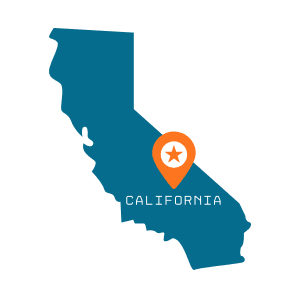
California has some of the most comprehensive break laws in the United States. We have a full blog on it that you can read here. Here’s a brief summary:
Meal Breaks: Employees are entitled to a 30-minute unpaid meal break if they work more than 5 hours per day. A second meal break must be provided if the workday exceeds 10 hours.
Rest Breaks: Employees are entitled to a 10-minute paid rest break for every 4 hours worked or a major fraction thereof. If the total daily work time is less than 3.5 hours, no rest break is required.
Employers must ensure that these breaks are duty-free, meaning the employee must be relieved of all work responsibilities.
2. New York
New York’s break laws also provide specific guidelines:
Meal Breaks: New York requires a 30-minute unpaid meal break for employees who work more than 6 hours in a shift that extends over the noon day meal period (11 am to 2 pm). Employees working a shift starting before 11 am and continuing later than 7 pm are entitled to an additional 20-minute meal break.
Rest Breaks: Unlike California, New York does not mandate rest breaks but does require that meal breaks be duty-free.
3. Texas
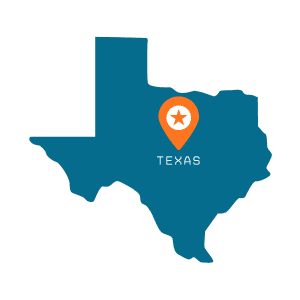
Texas follows federal law, which means:
Meal Breaks: Employers are not required to provide meal breaks. If provided, meal breaks are typically unpaid if they last at least 30 minutes and the employee is relieved of all duties.
Rest Breaks: Similarly, Texas does not require rest breaks but follows the FLSA guidelines for compensating short breaks if offered.
4. Illinois
Illinois provides detailed requirements for meal breaks:
Meal Breaks: Employees who work at least 7.5 continuous hours must receive a 20-minute unpaid meal break, which must be given within the first 5 hours of work.
Rest Breaks: Illinois does not require rest breaks, but if offered, they should align with the guidelines set forth by the FLSA.
5. Washington
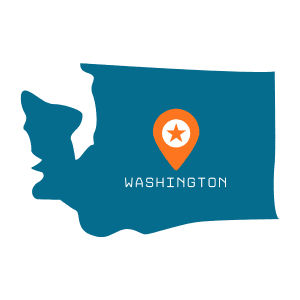
Washington state has specific break requirements that are stricter than federal regulations:
Meal Breaks: A 30-minute unpaid meal break is required for employees working more than 5 hours. An additional meal break is required for shifts longer than 11 hours.
Rest Breaks: Employees must receive a 10-minute paid rest break for every 4 hours worked. The break should be scheduled near the midpoint of the work period.
Why Are Break Laws Important?
Break laws are not just a matter of compliance; they are essential for employee health and productivity. Research shows that regular breaks can improve focus, reduce stress, and increase overall job satisfaction. For employers, this translates into reduced turnover rates, fewer workplace accidents, and higher productivity levels.
Managing Break Laws: Best Practices for Employers
1. Understand the Law: Employers must familiarize themselves with both federal and state break laws. The U.S. Department of Labor’s website provides a comprehensive guide to federal break laws and state-specific regulations.
2. Implement Clear Policies: Develop and communicate clear break policies to all employees. Ensure that these policies comply with the applicable federal and state laws.
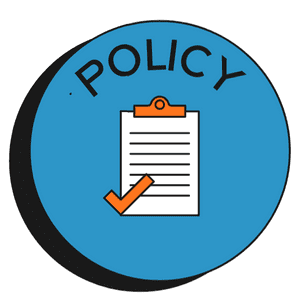
3. Train Supervisors: Managers and supervisors should be trained on break laws and the company’s policies to ensure they are implemented consistently and fairly.
4. Monitor Compliance: Regularly review employee schedules and payroll records to ensure compliance with break laws. Implement time-tracking software to help manage breaks effectively.
5. Address Violations Promptly: If a break law violation occurs, address it immediately. Ensure that employees are compensated appropriately for any missed breaks and take steps to prevent future violations.
Common Challenges in Managing Break Laws
Despite best efforts, employers often face challenges in managing break laws. Common issues include:
- Misunderstanding of State Laws: Since state laws can vary significantly, multi-state employers may struggle to stay compliant across different jurisdictions.
- Employee Non-Compliance: Employees may forget to take their breaks or work through them without notifying management.
- Operational Demands: In certain industries, such as healthcare or retail, maintaining strict break schedules can be challenging due to fluctuating operational demands.
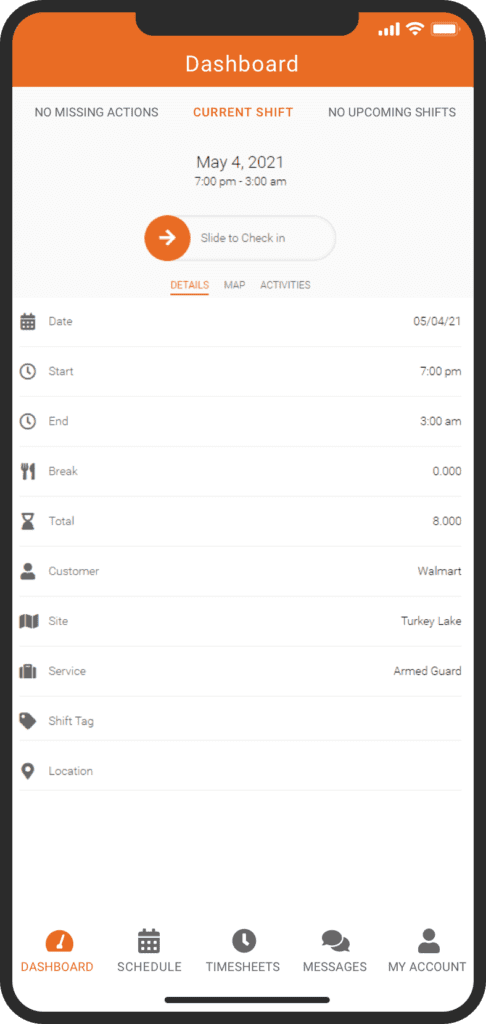
How Technology Can Help
Employee scheduling software can play a crucial role in managing break laws. These tools can automate scheduling, track employee breaks, and ensure compliance with all applicable break requirements. By using software to manage scheduling and breaks, employers can reduce the risk of human error and improve overall compliance with labor laws.
Understanding and managing break laws is essential for every employer. By staying informed about federal and state regulations, implementing clear policies, and using technology to manage compliance, employers can create a more productive and legally compliant workplace. For more detailed information on break laws, visit the U.S. Department of Labor website and consult with your state’s labor commissioner for state-specific requirements.
By following these guidelines, you can ensure that your company remains compliant with break laws, fostering a healthier, more productive work environment for all. If you’re interested in how Celayix can help you improve how you manage employee breaks, check out a free live demo here.





